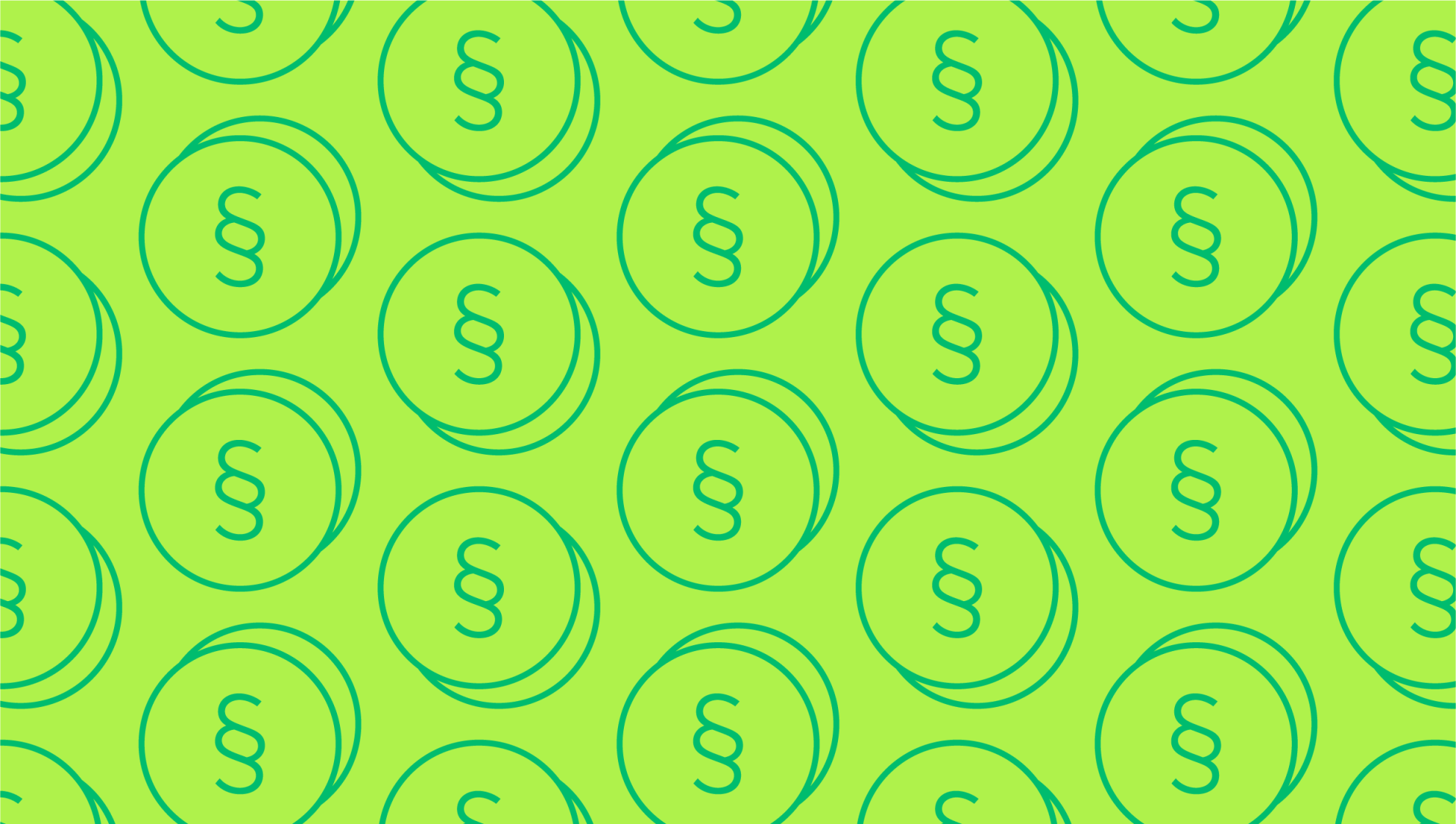Last editedMay 20222 min read
What is ACH?
An Automated Clearing House, generally abbreviated to ACH, is a system for sending and receiving batched credits and debits between participating financial institutions via Electronic Funds Transfer (EFT).
The ACH system in the U.S. is known as the Automated Clearing House Network or ACH Network.
The ACH Network processes online transactions for consumers, businesses, religious organizations, non-profits, and federal, state, and local governments across the U.S.
Where does ACH operate?
Although international payments are possible, the ACH Network primarily covers transactions within the territory of the United States, including the U.S. Virgin Islands, Guam, American Samoa, and the Northern Mariana Islands.
ACH processing volumes
The ACH Network continued to experience strong growth throughout 2021. A total of 29.1 billion payments were completed with a combined value of $72.6 trillion, representing year-on-year growth of 8.7% in transaction volume and 17.4% in transaction value.
The history of the Automated Clearing House
The first automated clearing house in the U.S., operated by the Federal Reserve Bank of San Francisco, was created in California in 1972 by a coalition of banks seeking a replacement for paper checks.
As other regional ACH partnerships between financial institutions coalesced, the difficulty of aligning ACH rules and regulations between these regional groups led to the formation of the National Automated Clearinghouse Association (NACHA) in 1974. Now known as Nacha, the organization is responsible for the development, management, and governance of the ACH Network.
By 1978 Electronic transactions were available to the ACH Network, and the admission of direct members in 2001 made the network, now known as Nacha, much more accessible for banks to use. Payments via the internet also came into effect in 2001, making the ACH Network the system that we know today.
How is the ACH network funded?
The ACH Network is a non-profit organization funded by Network Administration Fees paid by participating financial institutions. Any financial institution that sends or receives ACH payments agrees to pay Nacha an Annual Fee and a Per-Entry Fee to cover administration costs.
ACH operations
ACH transactions are account-to-account transactions made directly between financial institutions, stored electronically, and sent in batches at specified windows each day. These transactions can be credits or debits, and ACH is based on the system of net settlement.
In a net settlement, the credits and debits between banks are combined. Only the difference between the credits and debits, known as net position, is transferred between institutions in the settlement.
Net settlement reduces the amount of money a financial institution is required to hold on deposit, increasing liquidity. The system also offers banks more freedom when exchanging and transferring funds.
Types of ACH
There are two types of ACH transactions:
ACH credits
ACH debits
An ACH credit is a ‘push’ payment, which the payer initiates.
An ACH debit is a ‘pull’ payment, which the payee initiates.
You can read more about push and pull payments here.
N.B. The party sending payment is known as the payer, and the party receiving payment is known as the payee.
ACH FAQs
Who is part of the ACH Network?
The Reserve Banks and Electronic Payments Network (EPN) are the two national ACH operators, and the ACH Network comprises over 10,000 financial institutions across the U.S.
How many ACH networks are there?
There is one ACH Network in the U.S. However, globally, the World Bank identified 98 such ACH systems in its 2012 survey.
How do I set up ACH?
All banks and bank accounts are ACH-ready, so to set up ACH payments, you simply need to speak to your bank or find a provider, such as GoCardless, and then go through the simple steps specified by your provider.
These steps will include creating the payment with your provider and getting authorization from your customer.
Glossary
ACH - refers to an Automated Clearing House, a system for processing account-to-account transactions.
Nacha (previously NACHA) - The National Automated Clearing House Association, which operates in America and its territories.
ODFI - Originating Depository Financial Institution is the bank where the transaction is initiated.
RDFI - Receiving Depository Financial Institution is the bank where the transaction is completed.
Push payment - a push payment is a transaction initiated by the institution sending the funds.
Pull payment - a pull payment is a transaction initiated by the institution receiving the funds.

